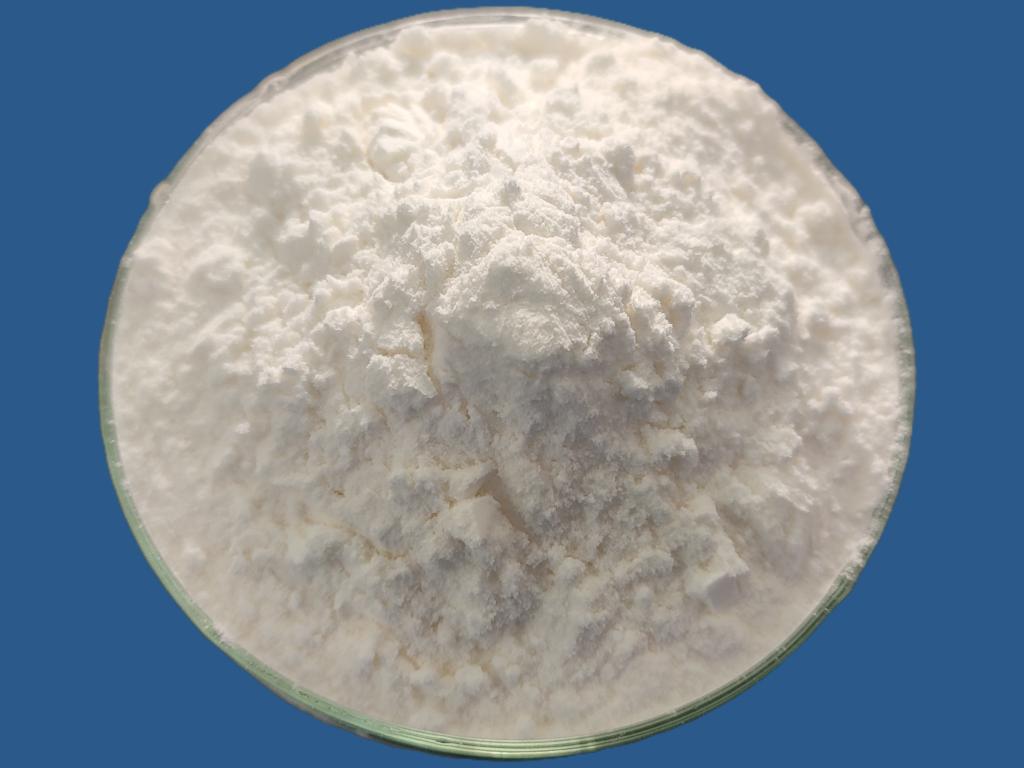Tel:+8618231198596

News
 CONTACT
CONTACT
 CONTACT
CONTACT
- Linkman:Linda Yao
- Tel: +8618231198596
- Email:linda.yao@dcpharma.cn
- Linkman:CHARLES.WANG
- Department:Overseas
- Tel: 0086 0311-85537378 0086 0311-85539701
News
The Potential of ε-Polylysine Hydrochloride in Combating Antibiotic-Resistant Bacterial Infections
TIME:2024-01-26
I. Antibiotic Resistance: A Growing Global Concern
Escalating Threat:
The overuse and misuse of antibiotics have led to the rise of antibiotic-resistant bacteria, rendering standard treatments ineffective. Antibiotic resistance is a complex issue with far-reaching consequences, impacting patient outcomes, increasing healthcare costs, and posing a global public health challenge.
Urgent Need for Alternatives:
The dwindling arsenal of effective antibiotics necessitates the exploration of alternative antimicrobial agents. Natural compounds, such as antimicrobial peptides, offer a promising avenue for combating bacterial infections while mitigating the risk of resistance development.
II. ε-Polylysine Hydrochloride: A Natural Antimicrobial Peptide
Natural Origin and Production:
ε-Polylysine is a polycationic peptide derived from the fermentation of Streptomyces albulus. Its hydrochloride form, ε-Polylysine Hydrochloride, is soluble in water and exhibits potent antimicrobial properties.
Mechanism of Action:
ε-Polylysine Hydrochloride exerts its antimicrobial activity by disrupting bacterial cell membranes. Its polycationic nature allows it to interact with the negatively charged components of bacterial membranes, leading to membrane destabilization and cell lysis.
III. Antimicrobial Spectrum and Effectiveness:
Broad-Spectrum Activity:
One of the strengths of ε-Polylysine Hydrochloride is its broad-spectrum antimicrobial activity. It has demonstrated efficacy against a wide range of Gram-positive and Gram-negative bacteria, including antibiotic-resistant strains.
Minimizing Resistance Development:
The unique mode of action of ε-Polylysine Hydrochloride, targeting bacterial cell membranes, minimizes the likelihood of resistance development. This distinguishes it from traditional antibiotics and positions it as a valuable asset in the battle against antibiotic-resistant infections.
IV. Applications in Combating Antibiotic-Resistant Infections:
Treatment of Multi-Drug Resistant (MDR) Infections:
ε-Polylysine Hydrochloride holds promise in treating infections caused by multi-drug resistant bacteria, where conventional antibiotics may be ineffective. Its ability to act on a diverse range of bacterial strains makes it a versatile option in challenging clinical scenarios.
Adjunct Therapy with Antibiotics:
In cases where traditional antibiotics are still used, ε-Polylysine Hydrochloride can serve as an adjunct therapy. Combining it with antibiotics may enhance the overall antimicrobial effect, potentially reducing the required antibiotic dosage and slowing the emergence of resistance.
V. ε-Polylysine Hydrochloride in Different Clinical Settings:
Topical Applications:
The use of ε-Polylysine Hydrochloride in topical formulations shows promise for treating skin and wound infections caused by antibiotic-resistant bacteria. Its efficacy against various skin pathogens positions it as a valuable component in topical antimicrobial solutions.
Systemic Treatments:
Exploring the systemic administration of ε-Polylysine Hydrochloride for bloodstream infections or other internal infections requires further research. Addressing bioavailability, distribution, and potential systemic toxicity are essential considerations in expanding its clinical applications.
VI. Challenges and Considerations:
Biocompatibility and Cytotoxicity:
While ε-Polylysine Hydrochloride has shown good biocompatibility in various applications, thorough investigations into potential cytotoxic effects, especially with prolonged use or systemic administration, are necessary for its clinical translation.
Formulation Development:
Optimizing formulations of ε-Polylysine Hydrochloride for specific applications, such as wound dressings, creams, or systemic delivery, presents a challenge. Research efforts should focus on developing formulations that maximize efficacy while ensuring safety and stability.
VII. Synergistic Approaches and Combination Therapies:
Combination with Conventional Antibiotics:
Investigating the synergistic effects of ε-Polylysine Hydrochloride with existing antibiotics could lead to enhanced therapeutic outcomes. Combining different antimicrobial agents can address multiple targets and reduce the risk of resistance development.
Complementary Therapies:
Exploring the integration of ε-Polylysine Hydrochloride with non-traditional therapies, such as phage therapy or immunomodulation, may offer complementary approaches to combat antibiotic-resistant infections. These multifaceted strategies could provide more comprehensive solutions.
VIII. Case Studies and Clinical Trials:
Successful Clinical Applications:
Examining case studies and ongoing clinical trials involving ε-Polylysine Hydrochloride provides insights into its real-world efficacy, safety, and tolerability. Documenting successful applications can guide future clinical strategies.
Patient Outcomes and Safety Profiles:
In-depth analyses of patient outcomes and safety profiles in clinical settings are essential for understanding the full potential of ε-Polylysine Hydrochloride. These data contribute to evidence-based decision-making in healthcare practices.
IX. Future Directions and Research Opportunities:
Targeted Therapies:
Research into the development of targeted therapies using ε-Polylysine Hydrochloride, such as nanocarrier-based delivery systems or site-specific formulations, could enhance precision and minimize potential side effects.
Mechanistic Studies:
Elucidating the detailed mechanisms of action of ε-Polylysine Hydrochloride against antibiotic-resistant bacteria can inform the design of more effective therapeutic strategies. Understanding its interactions with bacterial membranes and resistance mechanisms is crucial.
X. Conclusion:
As antibiotic resistance continues to challenge the medical community, exploring innovative solutions is imperative. ε-Polylysine Hydrochloride, with its natural origin, broad-spectrum activity, and unique mode of action, holds substantial promise in combating antibiotic-resistant bacterial infections. From topical applications to systemic treatments, ε-Polylysine Hydrochloride represents a versatile tool in the battle against multidrug-resistant pathogens. Continued research, clinical investigations, and collaborative efforts are essential to unlock the full potential of ε-Polylysine Hydrochloride and usher in a new era in the fight against antibiotic resistance.
- Tel:+8618231198596
- Whatsapp:18231198596
- Chat With Skype







